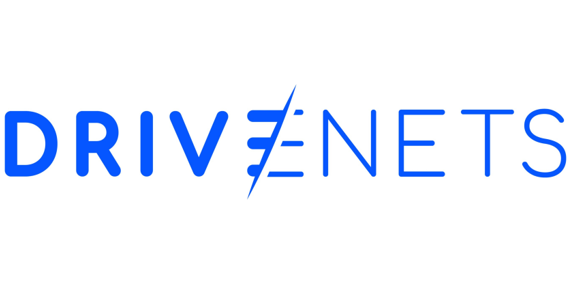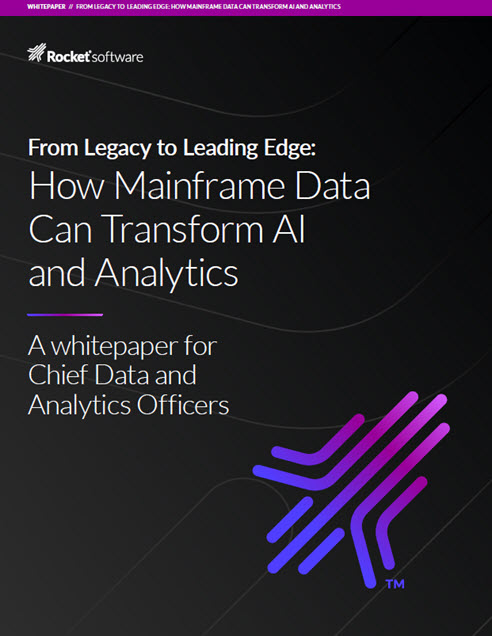By Kailash Thiyagarajan
In the ever-evolving world of retail, providing personalized and timely product recommendations is crucial to driving customer engagement and maximizing conversion rates.
Traditional recommendation systems, while effective to an extent, face significant limitations adapting to rapidly changing market conditions, shifts in consumer behavior, and external factors like social media trends or competitor pricing. These static models are often built on historical data, which fails to account for real-time fluctuations in customer preferences and market dynamics.
The retail industry needs more agile and adaptive recommendation systems. Retrieval-Augmented Generation (RAG) presents a promising solution. By combining the power of both information retrieval and generative AI, the RAG-based recommendation system enhances the ability to provide context-aware, real-time suggestions that reflect current market conditions, consumer behavior, and external influences.
The Limitations of Traditional Recommendation Systems
Traditional recommendation systems often rely on historical data, such as past purchases or product ratings. They typically employ collaborative filtering or content-based methods, which are based on the assumption that past behavior is a good predictor of future preferences. While these models can work well in stable environments, they struggle to account for the rapidly changing nature of retail.
A significant challenge lies in the lack of adaptability. A popular product today may lose traction tomorrow due to shifting social media influences or changes in competitor pricing. Additionally, external factors such as weather patterns, seasonal shifts, social media buzz, or even geopolitical events can impact consumer behavior.
What is Retrieval-Augmented Generation?
In a typical RAG-based system, the model searches through a database of documents or sources of information to find relevant content. Generative models, on the other hand, have the capability to create new content based on patterns learned from existing data, offering more dynamic and personalized outputs.
In a retail context, RAG works by dynamically retrieving relevant data such external sources as live market trends, social media activity, competitor pricing and user interactions and using it to generate personalized product recommendations in real time.
The core advantage of the RAG-based system is its ability to retrieve real-time data from multiple sources, including live information to adjust its recommendations based on the current context. This could include:
- Tracking real-time market trends in product demand, seasonal changes, and popular items.
- Social media sentiment to identify trending products and incorporate user-generated content, reviews, and discussions.
- Monitoring competitor pricing and offering competitive pricing strategies that influence product suggestions.
The RAG system then uses generative AI models to synthesize this information into personalized recommendations. Unlike traditional models that may offer generic suggestions, the RAG framework tailors its recommendations to the individual consumer based on several key factors, including:
- User preferences: The system takes into account past interactions, purchase history, and browsing patterns to ensure that the recommendations align with the customer’s preferences.
- Dynamic factors: By incorporating live data the system can adjust its recommendations in real time. For instance, if the weather shifts to colder temperatures, the system may prioritize jackets and warm clothing, or if a new social media influencer endorses a product, the system may suggest it as a trending item.
- Product availability: By considering stock levels and inventory data, the system can prevent users from being shown out-of-stock items.
Taken together, the RAG system increases customer engagement and drives higher conversion rates. Additionally, by continuously adapting to consumer behavior and market trends, the RAG system maintains a high level of personalization, which helps foster stronger relationships between customers and brands.
 As customers begin to feel that the recommendations they receive are truly tailored to their interests and current circumstances, their overall satisfaction with the shopping experience increases, leading to greater brand loyalty and repeat business.
As customers begin to feel that the recommendations they receive are truly tailored to their interests and current circumstances, their overall satisfaction with the shopping experience increases, leading to greater brand loyalty and repeat business.
Kailash Thiyagarajan is a Senior Machine Learning Engineer with over 18 years of experience specializing in AI-driven solutions for real-time inference, fraud detection, and recommendation systems. His expertise includes scalable ML architectures, online feature computation, and Transformer-based AI models. He is an active contributor to AI research, a peer reviewer for IEEE conferences, and a mentor in the AI community.




